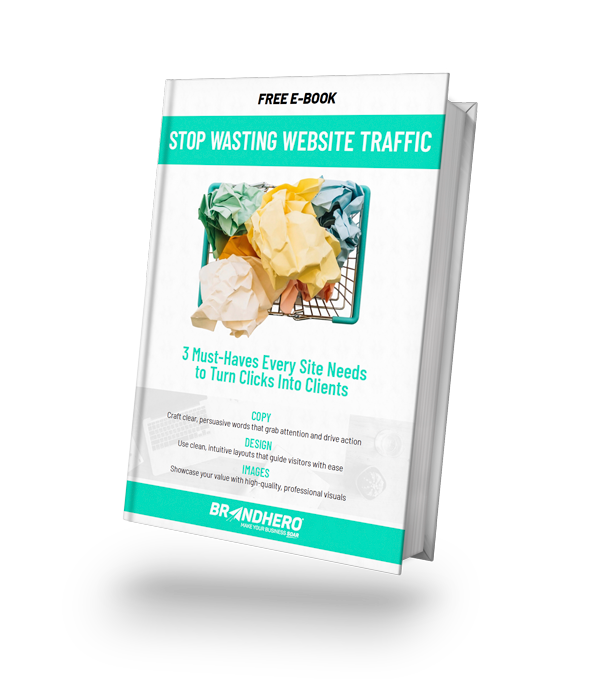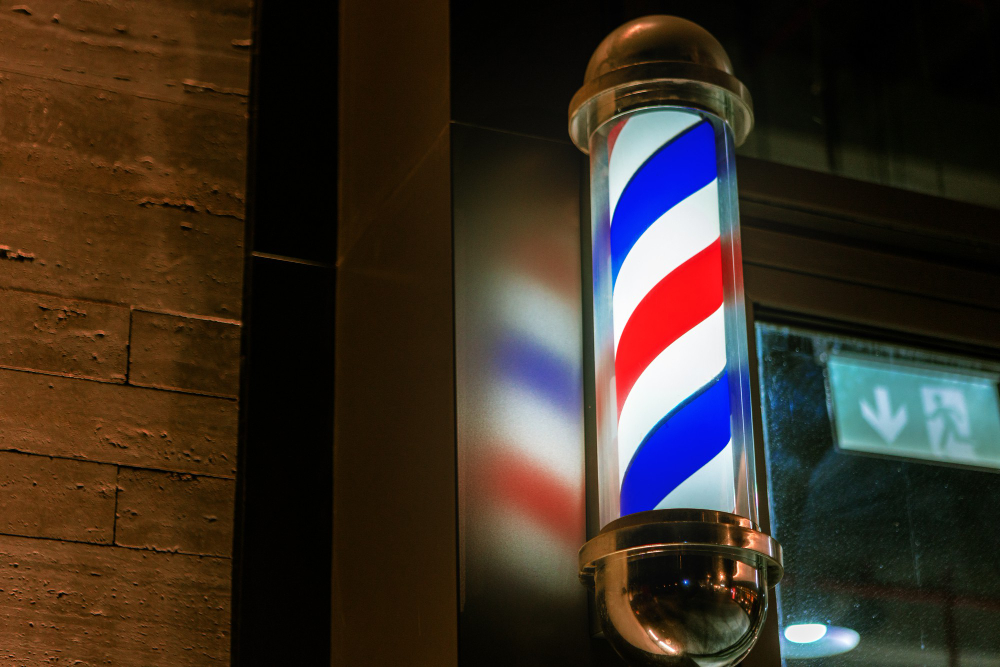At my local shopping centre, there are two barbers side by side… yet worlds apart.
Barber Left does a roaring trade. On weekends, his warm inviting salon has a lineup of parents getting their kids trimmed up before Monday rolls around. Weekdays are equally as busy, with everyone from retirees to youth chasing the latest trim, mullet or skin fade.
Barber Right, not so much. Occasionally, someone gets tired of waiting at Barber Left and wanders over reluctantly to his somewhat shabby and unkempt shop.
Despite hordes of traffic clamoring through the centre on a daily basis, all of the fresh fades are being done by Barber Left. He knows his audience and what keeps bringing them back for more.
Think of your website like a barber shop
It doesn’t matter how many people walk past if your place of business isn’t appealing or your door’s hard to open – they will bounce before you even get a chance to say hello.
What Is Website Traffic?
Website traffic simply means people visiting your site—whether that’s a handful a week or thousands a day.
But traffic alone is a vanity metric. The real questions are: where is it coming from and is it actually converting?
If you don’t know where it’s coming from, you won’t be able to optimise your marketing to suit and capitalise on it.
The Main Website Traffic Sources
- Google Searches (Organic SEO) – Search Engine Optimisation (SEO) is a long game, but a valuable one. People tend to skip over the paid results above and go directly to the organic ones.
- Google Searches (Paid Ads) – Paid ads (eg Google Ads) appear at the top of search results. You pay per click, so they can deliver fast results.
- Social Media – Traffic from platforms like Facebook or LinkedIn can be valuable, but only if your site delivers what the post or ad promised.
- Referrals & Direct Traffic – This includes visitors who click a link from another site (referrals) or type your URL directly (direct traffic). It’s often a sign of strong brand awareness, but again, your website has to deliver.
How to Turn Website Traffic Into Clients
Getting people to your website is just the first step. What happens next is what makes or breaks your marketing. To convert traffic, your website needs a few essentials:
- Clear Design – Your site should be clean, structured, and easy to navigate. Visitors should instantly know where to go and what to do.
- Compelling Copy – Speak directly to your audience’s needs and show them how you solve their problem. If your message is confusing or all about you, people will click away fast.
- Authentic Images – Poorly taken photos don’t build trust. Real, relevant visuals make your brand relatable and help visitors feel confident about choosing you.
- Strong Calls to Action (CTAs) – Don’t leave visitors guessing what to do next. Clear buttons like “Book Now”, “Get a Quote”, or “Download the Guide” move people forward.
- Social Proof – Testimonials, reviews, case studies, or logos of brands you’ve worked with all reassure visitors that others trust you too.
- Easy Contact Options – Whether it’s a simple form, phone number, or live chat, make it effortless for people to reach you when they’re ready.
When these elements work together, your site stops being a digital brochure and becomes a business asset that turns browsers into buyers.
How To Turn Clicks Into Clients
Traffic can come from anywhere, but if your website isn’t built to convert, it’s just digital window-shopping.
The good news? Conversions aren’t about guesswork. They come from a clear mix of copy, design, images, CTAs, social proof, and easy contact options working together.
👉 Want the Full Breakdown?
Download my free e-book: Stop Wasting Website Traffic: 3 Must-Haves Every Site Needs to Turn Clicks Into Clients.
It walks you step-by-step through the essentials every site needs before you spend another cent on SEO or ads.

